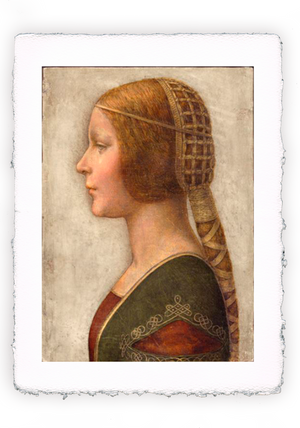
Dupré and the country heroines

Like Klimt Julien Dupré is the son of a goldsmith.
Dupré was born in Paris in 1851 and, before entering his parents' jewelery shop, practiced in a lace shop.
In 1870, due to the Franco-Prussian war, the Dupré family were forced to close their shop. It was during this period that Julien began studying painting, first attending evening courses in Decorative Arts which then gave him access to the École des Beaux Arts.
Journey to Picardy
A few years later he travels to the north of France and becomes a pupil of the naturalist and rural painter Desire Laugèe.
Here he is struck by two lightning strikes: the first for Laugèe's daughter, Eleonore, who will become his wife, and the second for the peasant and rural painting genre.
In 1876 he exhibited his first painting at the Salòn which was immediately welcomed and in the same year he married Eleonore.
Boulevard Flandrin number 20
From this moment on, for Dupré, time is as if magically stopped. He settles in Paris at 20 Boulevard Flandrin from where he practically no longer moves. Every year he exhibits his paintings at the Salòn, which willingly approves them, and devotes himself to painting outdoors, in the countryside, and in his Parisian studio.
Julien Dupré is not the first painter who dedicates himself to bucolic and peasant subjects, before him we find Jean Francois Millet and Jules Breton, but Dupré tackles the theme lightly and not with dark tones and social denunciation.
Calm and freshness in the brushstrokes that refer to his academic training so much appreciated at Salòn.
His fame as a "specialized" painter it spreads throughout Europe and the United States where his works are highly appreciated.
Peasant women and farm animals they are the subjects from which it will never deviate. His figures are finely modeled, while the background landscapes are grainy and are sometimes made with a palette knife.
The high key color tones give liveliness and brightness to the composition.
Julien Duprè died in Paris in 1910.
Dupré's value emerges from his "normality" and in his meticulous and coherent work.
He lacks an eventful, painful and dramatic biography: no suicides, murders, tragedies, rejections and dramas.
Just a quiet life of healthy and beautiful painting.


Leave a comment